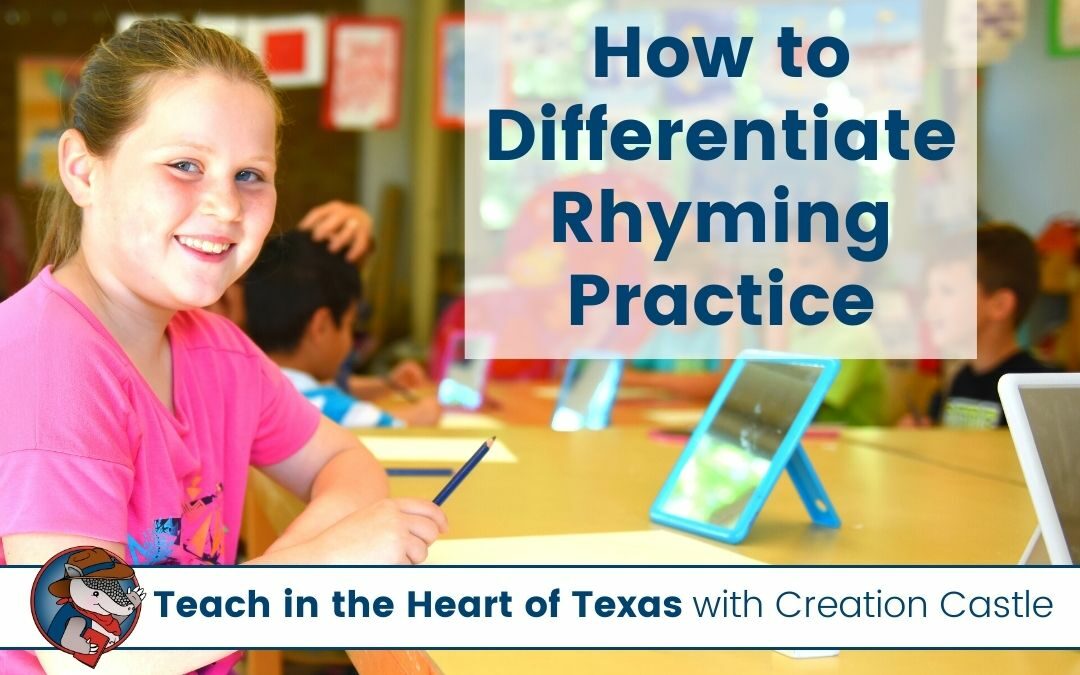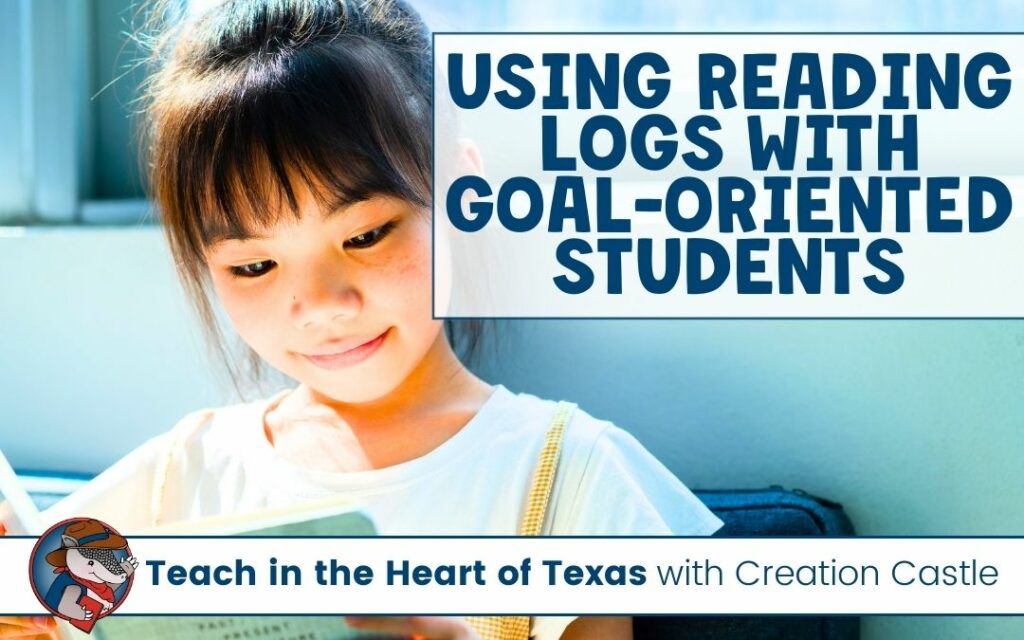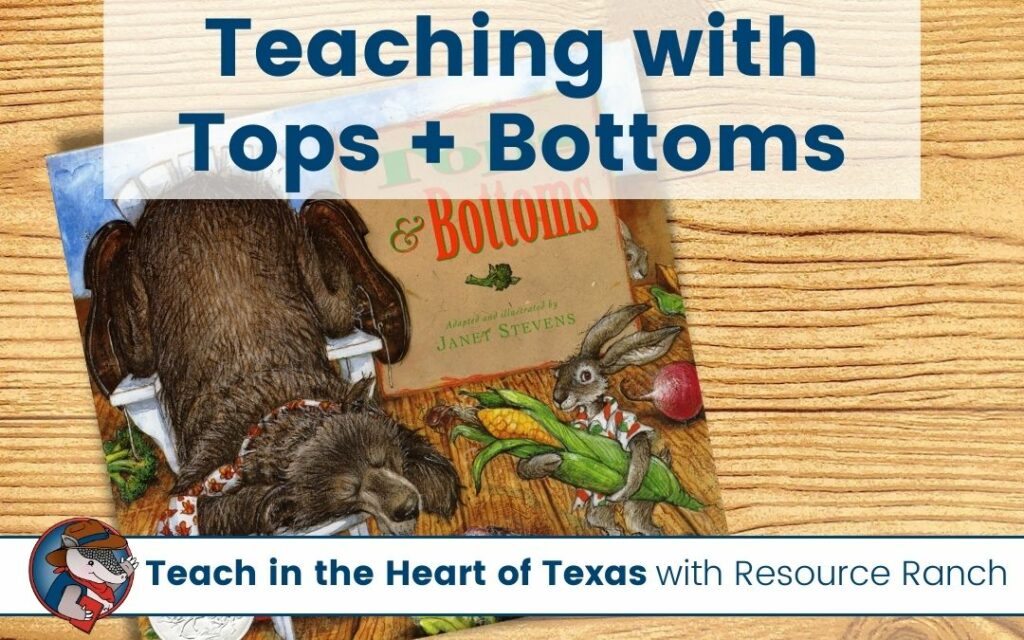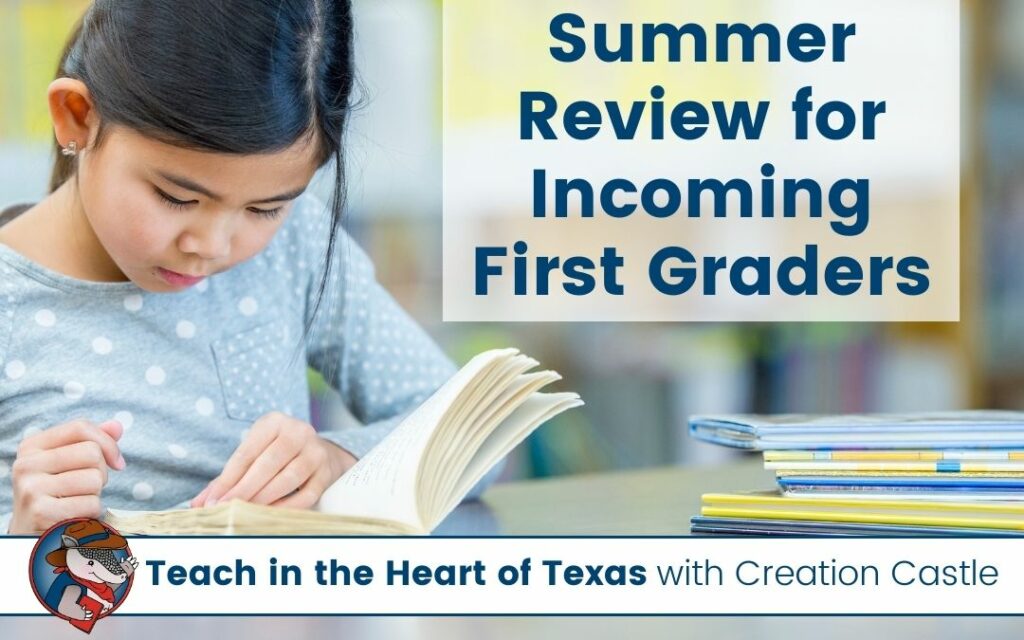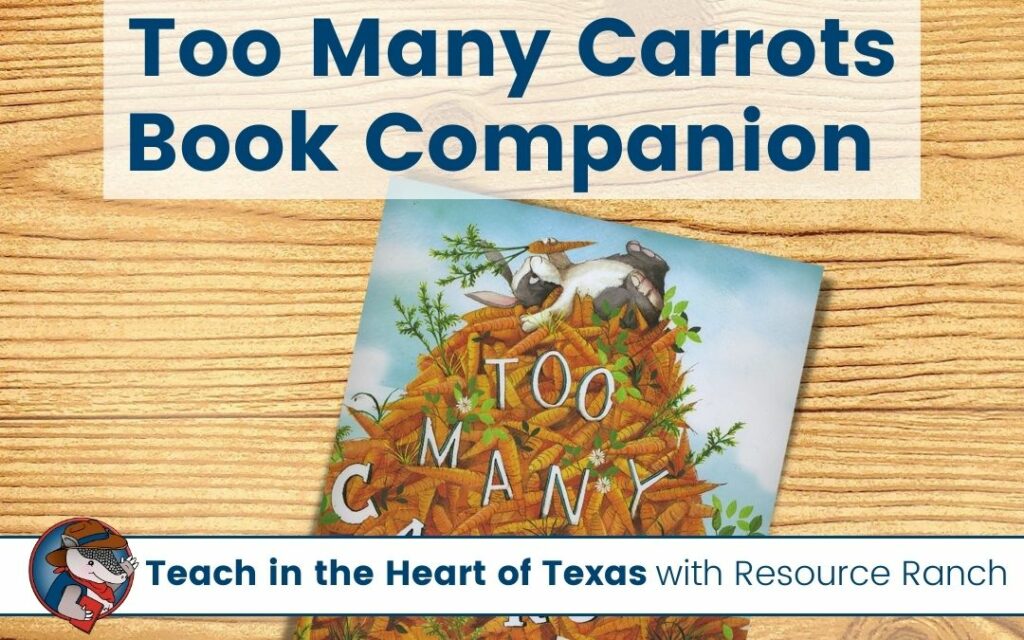When you walk into any average American kindergarten or first grade classroom, you’ll likely see about twenty to thirty students in the room. Each one of these students is not only unique in their appearance and personality, but their abilities and skill levels are different as well.
But the big question is how to meet each student at their level. After all, you are only one person.
The answer is simple and complex at the same time.
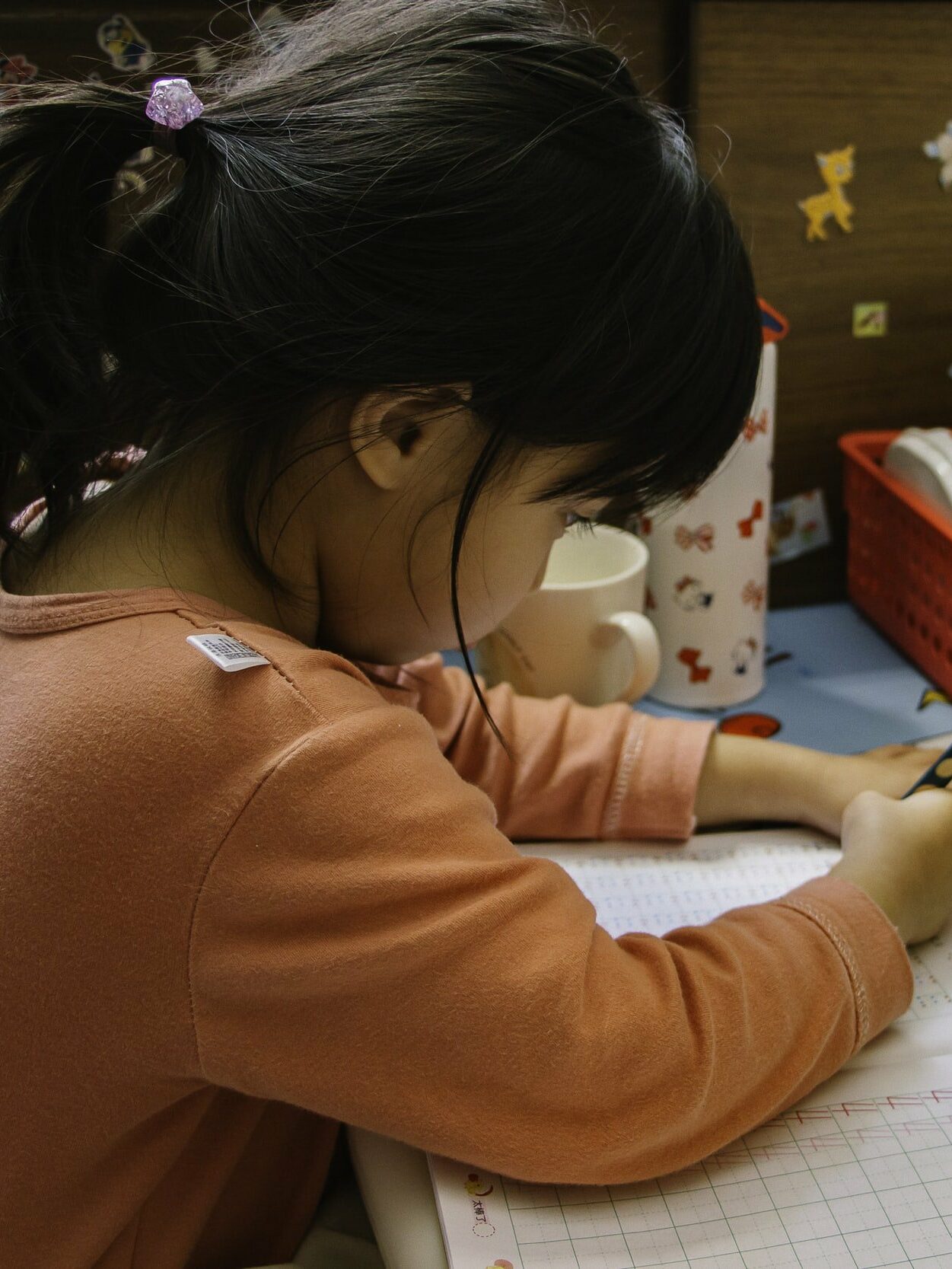
Differentiation.
Differentiation needs to happen a lot of the time, but certainly not all of the time. There is no way you could do that for each student all day long (and if you can, let me know where you got those superpowers!)
So when should it happen? You need to differentiate foundational skills in a kindergarten or first grade classroom. That means, at the very least, you should be differentiating your math and literacy instruction.
Quick Links
So let’s look at how you can easily differentiate to meet your student’s needs when they are strengthening their rhyming skills.
Step 1: Identify Gaps in Learning
The main thing to consider for rhyming words practice is can your students read and blend words.
If some of your students can’t read, they’ll need to practice using rhyming word pictures. Students that can read, can practice using text.
Step 2: Locate Resources to Meet Needs
At this point, we know we need to find rhyming words practice with picture support and rhyming words practice that uses text.
Here you can decide if you want students to have a hands-on activity or something that you can see their progress.
Suppose you’re looking for something more like a center to keep students engaged. In that case, you’ll have to keep in mind that to differentiate, you will either have to prepare multiple centers or find a center that has varied accountability worksheets.
If you are looking for a resource that helps you monitor the students’ success, you’ll want to opt for something like a website that tracks progress or a worksheet. The benefit of this option is that you will spend a lot less time preparing the materials.
Step 3: Assess Rhyming Words Practice Resources
For simplicity’s sake, let’s say you chose to find worksheets to differentiate your rhyming words instruction.
You need to take your planning one step further and make sure that the resources you found are genuinely going to help meet your students’ ability needs and their academic requirements.
Consider your students who need picture support. Are the pictures on the worksheet labeled? While this can help with picture identification, it can also give students a way to “cheat” by essentially putting the answer in front of them. On the other hand, if the pictures are too tricky for your students, they may spend more time deciphering the page than practicing the target skill.
Now let’s think about your students who are reading. Are the worksheets you provide as engaging as those with picture support? Will your students take their time and practice the skill, or will they rush through the page to move on to something perceived as more fun? Just because these students are more advanced, that doesn’t mean they can’t still enjoy their work!
Planning for Differentiation Without Stress
The easiest way to differentiate for your students without spending hours scouring the internet or flipping through old teacher books is to find a resource that offers different ability levels or styles of one skill.
Just make sure before you hit that download button that the resources meet your student’s needs.

Creation Castle
Heather is the author of Creation Castle. She has experience with general education, special education, and ESL students in kindergarten through fifth grade. She specializes in early elementary math and literacy, as well as organization.

